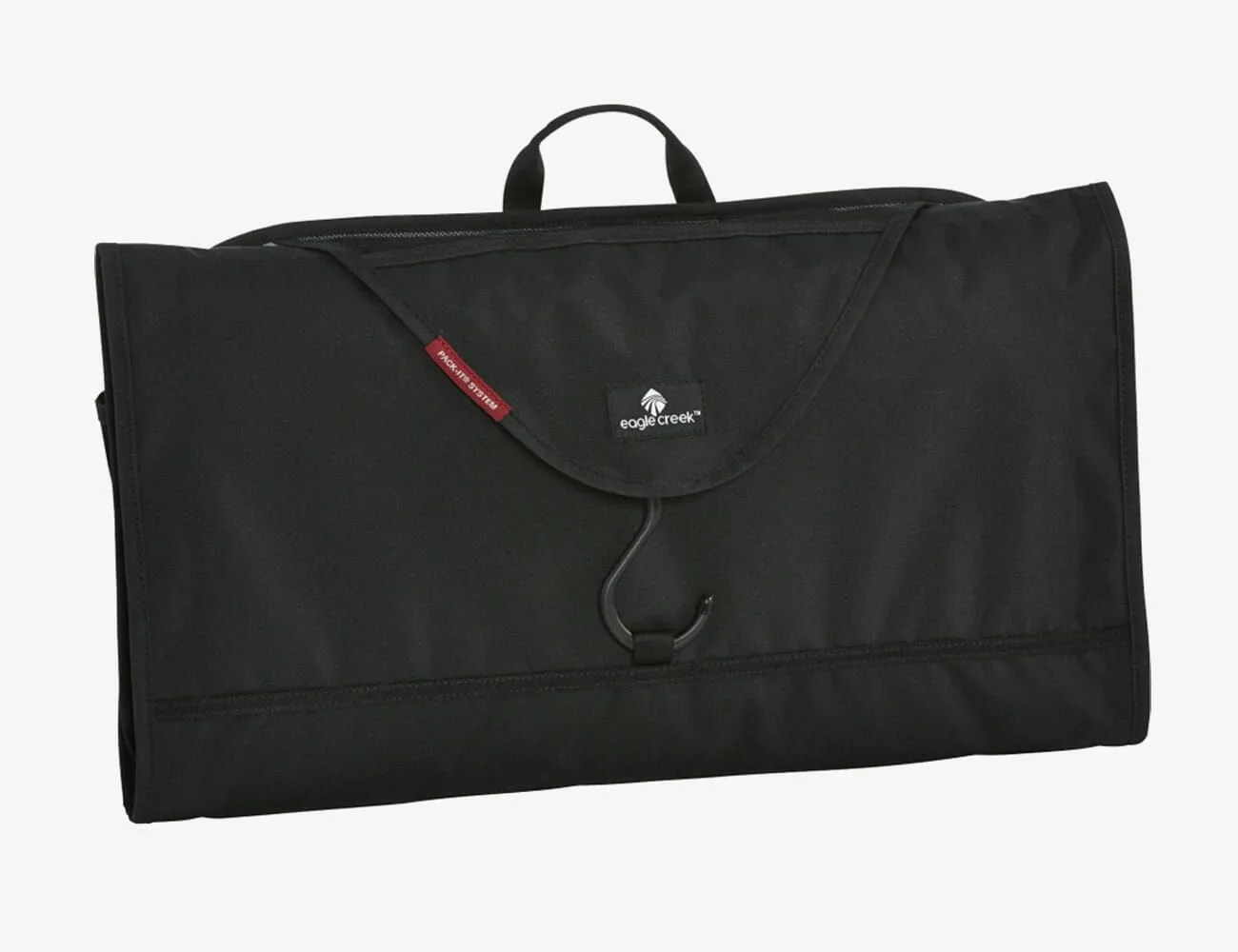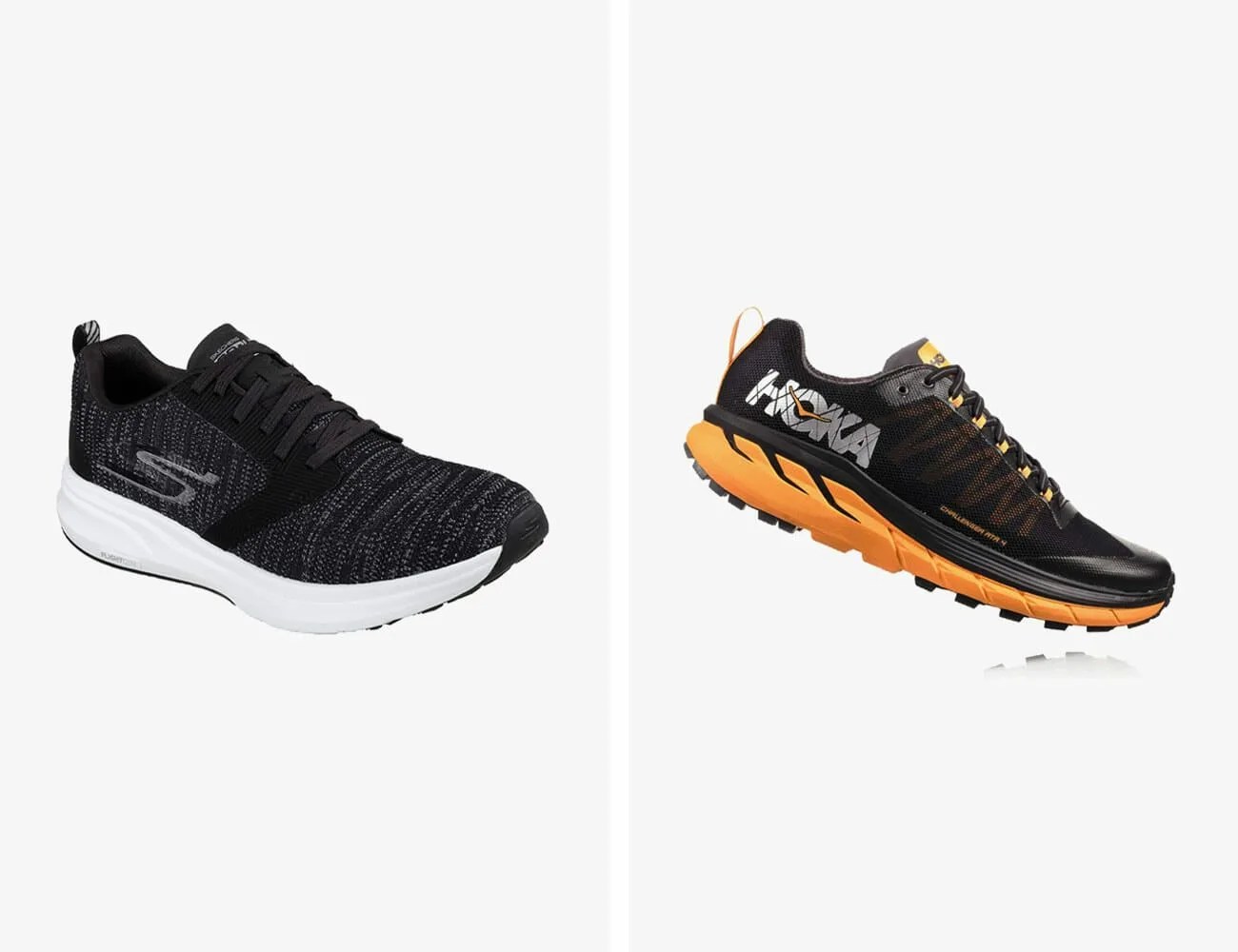Run commuting takes a particular type of crazy. As someone who dabbles in it, I get it. It’s a bit aggressive to strap a pack on your back filled with everything you need for the day and hit the streets full-stride. But the perks are many: no subway fee, fresh air in your lungs, no feeling like a sardine, sunshine on your skin, to name a few. It can be faster than driving if you live in a congested city, and it’s also an easy way to build up your mileage.
I’ve run commuted off and on for the past nine months in New York City. Most recently, I’ve been commuting from Brooklyn to the Gear Patrol office in Manhattan (just over 5 miles), and I’ve learned that with a little prep and the right gear, it’s one of the faster ways to get from point A to point B. I also chatted with a handful of run-commuting experts: Michael Wardian, an American marathoner and ultramarathoner who lives in DC and regularly commutes eight miles to his office; Gordon Wright, president of Outside PR in California, who has run up to 15.4 miles to (and from!) work during training periods; Matthew Imberman, a run coach for Brooklyn Distance Running and an antique jewelry dealer who runs 10 miles to or from work year-round; Marco Anzures, head cross country coach at City College and professor of Health and Exercise Science, and Ben Taylor, who runs one to three times a week, about three miles each way in Burlington, VT.
What to Know Before You Go
Before heading out for the first time, our experts recommend taking the time to plan everything out. Figure out if it’s easier to run home as opposed to running to work. Can you leave everything at your office and pick it up the next day? Depending on the distance you’re running, and how many times a week you want to run, there’s a variety of options. And like anything else, you’ll have to test everything out a few times to find out what works best for you. The trick is that there’s no right way to run commute — it’s more about figuring out what makes your life easier and let’s you sneak in those extra miles.
A few insider tips: Don’t overcommit.”You can do half-commutes,” Wright shares. “I more often drive partway to work, park the car, and run around six miles. After work, I’ll get in the same run apparel or fresh ones I’ve stashed and run back to my car.” According to Imberman, prep is also key: “I typically take clothes to work at the beginning of the week, so I have stuff to change into, and then I leave some running gear at work so I can run home.”
If you like to bring a lunch, I recommend carting in as many of your weekly meals as you can at once on Monday and then not worrying about it for the rest of the week. Packing food every single day gets tricky, and all of the bouncing around the food will do makes anything liquid a no-no. “I’m a brown bagger most days, especially for breakfast and lunch, and transporting fruit running is the trickiest thing to solve,” Wardian explains. “I run with berries in my hands with paper towels stuffed in the case and then re-apply the rubber band to them. I try to keep everything packed in plastic bags. I’ll bring oatmeal and organic baby food to add to it. I slide bananas in the outside pockets [of my backpack] and wrap fruit in a shirt and plastic, so if it does gush, it’s not going to ruin my clothes.” If all that sounds like a hassle, buying lunch is the most straightforward solution.








